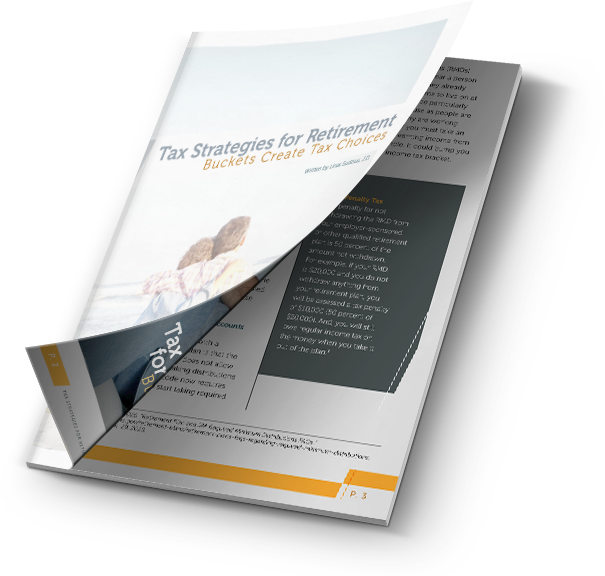Is Your Portfolio Too Risky?
If you’re like many of our clients, you have probably wondered at one time or another if you are taking the appropriate amount of risk in your portfolio. Perhaps you’ve gone one step further and filled out a risk assessment either online or at your broker’s office to determine the amount of risk that you are comfortable taking on. In either case, I’m sure that the entire idea of risk is still somewhat vague to you.
If you begin by looking at your savings, checking, or CD bank accounts, your investment is protected, and is most likely earning some small amount of fixed interest. This is typically used for short term holdings, and provides the liquidity needed to pay the bills, buy groceries, and take vacations. The downside to this type of accounts as we’re all painfully aware, is that they are paying extremely low interest rates, which may not even keep up with the pace of inflation. So, if you had $100 in a savings account that earned $1.50 in interest last year, but the cost of goods increased 3%, you would have actually lost value, as it would now take $103 to purchase what $100 was able to buy last year.
The next category would be your principal protected accounts, such as insured bonds, fixed annuities, indexed annuities, etc. These accounts will not lose value, as they are principal protected, and will earn either a fixed interest rate, or a rate tied to one of the major market indices. While these accounts typically have higher rates of return than the short term bank accounts, the downside is that they have longer investment timelines, and will not provide short term liquidity. These are a great investment for long term funds, such as retirement savings accounts.
The final category would be your at-risk accounts. This includes Stocks, Mutual Funds, Variable Annuities, ETF’s, and even Gold and Bonds. If the value of these investments turns negative, so will your account. There is no downside protection on these accounts, and may take wild swings up and down, as we’ve seen with the market recently. If your retirement portfolio is invested in this type of account, and the investments take a downward turn and lose 30% or even 40%, how would that impact your retirement picture? This may be good for money that you have a longer timeline for as well, which would allow the money to accumulate over the good years, and make up for the negative years.
Ready to Take The Next Step?
For more information about any of the products and services listed here, schedule a meeting today or register to attend a seminar.


 Instantly download this 10-page guide to discover:
Instantly download this 10-page guide to discover: